call +64 204 098 5657 email:[email protected]
Growing mushrooms can be a rewarding experience, but it comes with its challenges. One of the biggest challenges people face when growing mushrooms is maintaining high humidity levels. In this article, we will provide you with in-depth tips (and a few secrets) on how to manage humidity for your mushroom to grow effectively.
In a nutshell, humidity is the amount of water, as a vapour, that can saturate the air at a given temperature. That means humidity will change as air temperature increases or lowers, and of course the proximity of water to become vapour.
Humidity is important because it is the mechanism that allows the mushroom to grow, in addition to allowing it to maintain a healthy texture.
Short answer, “it depends!” There are so many factors at play. Humidity is just one factor in a complex web of variables.
Many people are looking for a quick fix. So, a simple answer like keeping your humidity at 87% will not necessarily work. Although useful it does not tell the whole story.
Because this humidity story is complex, I have broken the question into simple parts that should help you understand the relationship between the different elements. Please also see section F regarding dew point. It’s actually the dew point that is the key yo understanding humidity.
Firstly, different mushroom varieties have different humidity requirements and tolerances. For instance, Oyster mushrooms require high levels of humidity, especially in the first 7-8 hours of growth. If the humidity is not right they will stall. However, a mushroom-like Shiitake is less fussy, so has a high tolerance to low levels of humidity.
High humidity is only required during the mushroom growing stage [https://mycobio.co.nz/the-different-stages-of-the-mushroom-grow/]. In other words, only the 5 or so days that the mushrooms are actually growing, i.e. from pinning till harvest. I have laboured this point because most people maintain high humidity when it is not required.
During its ‘resting’ stage they will have access to plenty of moisture from within the substrate (what they are growing on). Humidity may play a role in the substrate drying out, but rehydration of the substrate itself is a different subject, covered here [After Harvest Grow Kit Care].
Not good! Keeping the mushroom in a very humid environment, or wet state will encourage the growth of certain bacteria and moulds. This will manifest itself in the mushrooms rotting.
Apart from the disappointment, there is no real damage. The mushrooms will simply stop growing and wait for a new opportunity to grow again. Just clear away any dried or rotting pin sets. Make adjustments (if necessary) and wait for it to try again.
Tip: Watch and learn from your mushrooms. In a sense, they will tell you what you are doing right or wrong.
Climate and weather play a role in humidity and due point. You probably already know if you are in a humid or arid area. You will need to adjust your growing conditions accordingly. When mushrooms start pinning, check your weather app and make a note of the forecaster humidity over the coming days.
This topic is also related to the one regarding your location. Where you live will also determine what types of issues you may face during seasonal fluctuations based on your climate and weather patterns.
This section focuses on the seasonal factors affecting people living in temperate zones (areas that generally have 4 seasons in a year and where most of the people on the planet live). In temperate zones mushrooms generally grow during Spring, but more particularly, autumn months. If you are aiming to grow mushrooms all year round, your goal is to replicate these conditions.
Good, especially if it has been raining. If you have forests or the ocean nearby, summer temperatures may increase relative humidity from these sources. The higher the temperature the more water the air can hold. The closer to 100% the wetter and stickier it will become, this is especially true in the tropics. However, in temperate zones, the relatively cooler temperature over summer means that dew-point is more difficult to obtain. You generally need to keep the mushrooms cooler than the surrounding air.
Note: Air conditioning is designed to remove water from there, they are therefore the enemy of mushrooms.
Perfect. These seasons are the best for mushroom growth as the weather is generally warm with high rainfall. The air is warm so it can hold a good deal of water, and temperature fluctuations will create dew-point more easily.
Care required: Winter can be difficult for several reasons. Firstly, cooler air temperature means it cannot hold much of the water as vapour. The colder the air the less water it can hold. However, if the air is moist it will reach dew point often.
Within the home, we will often have heating and ventilation systems to keep it dry, and intentally make our living environment difficult for fungi like moulds to grow. If you have areas of the home that are susceptible to mould growing, chances are high this is a good spot to grow mushrooms.
See our article about growing mushrooms in winter
Our rule of thumb: if you think the mushroom growing location would be a good place to dry damp clothing. That would be a bad spot!
Growing Oyster mushrooms is best done indoors. Here’s a rundown of the best locations in your house. It is a summary, for more information see our more in-depth article about the best locations to grow mushrooms
This should be your number one ‘go too’. It is the simplest low-failure method (as long as you remember to mist it). It does not require any additional equipment or building an enclosure. However, it works best only in situations where you already have a fairly high level of natural humidity. So, it should work if you have it in a bathroom, or possibly a kitchen. The frequency of misting will depend on the location, so may require some trial and error to get right. If it is in a bad location the misting method will not be enough.
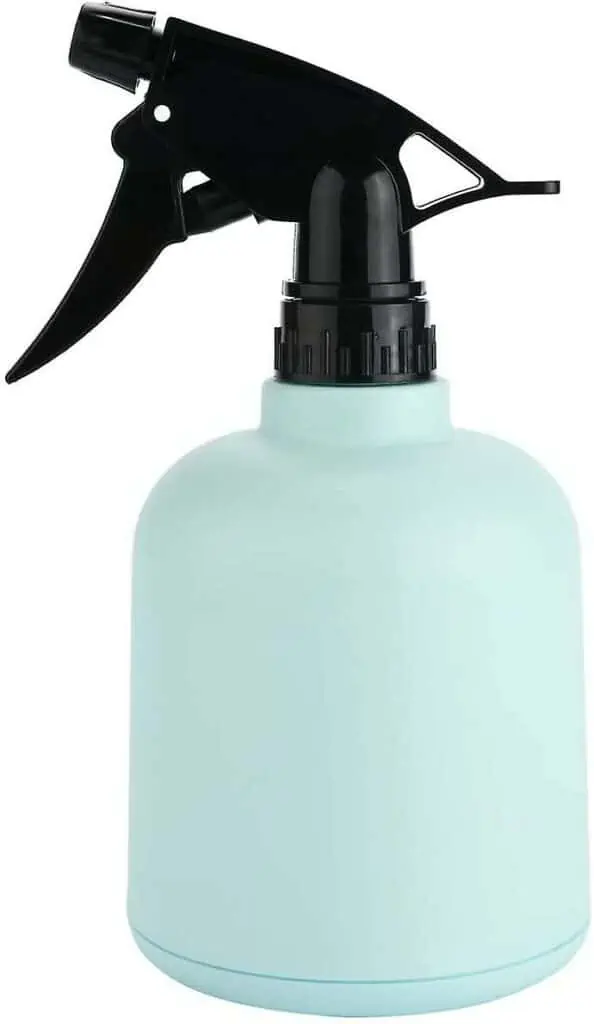
If you have one of these, you can check the natural humidity in different areas of the house to identify a good location. You will have a couple of weeks before the mushrooms start growing to work out where to put them.
These are the best solutions for raising humidity but require preparation to use them properly. Generally, you will need to do this in a container to trap the humidity or it will quickly dissipate.
An alternative to this could be to use misters used for aroma therapy or room humidifiers.
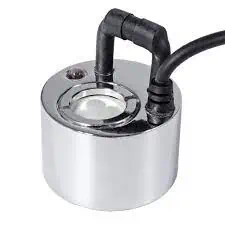
This can work well, particularly during warmer months as it requires natural evaporation of water to raise humidity. It will also need to be done in a container like a large plastic tub. The tub will need to have air holes created and possibly a small USB fan (on a timer) to create airflow.
Pour it into the bottom of the container till about 7cm covers the bottom. Then pour in a litre or two of water. The idea is that it’s not fully submerged. The perlite is porous and has the effect of massively increasing the surface area of the water, aiding in rapid evaporation.
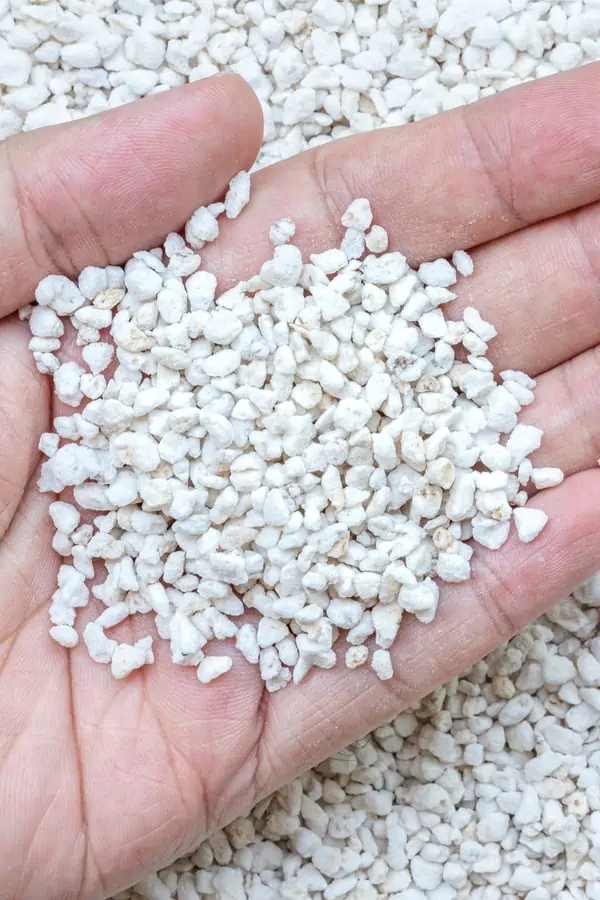
If you have it located in an enclosed space, a cheap USB fan should move enough air to keep it fresh (as long as its pulling ‘in’ fresh air. We recommend having this on a timer set to 15min every hour. Again this is only required for the 5 days that the mushrooms are growing.
The growing mushrooms will need plenty of fresh air. If they are in an enclosed location they will quickly build up carbon dioxide, through their respiration, much like we would. This will cause the mushrooms to deform, often growing long stems and small caps.

If you have green thumbs and enjoy growing indoor plants, you can arrange them in a way that will add to the humidity and oxygen available to the mushrooms.
Although technical here’s some information about how Spider and Jade Plants can Improve relative humidity inside the home. https://krex.k-state.edu/dspace/bitstream/handle/2097/35195/803.full.pdf
For the same reason, an active glasshouse can also work well. However, see our tips on mushroom pests.
Plants from Bunnings Garden Centre.
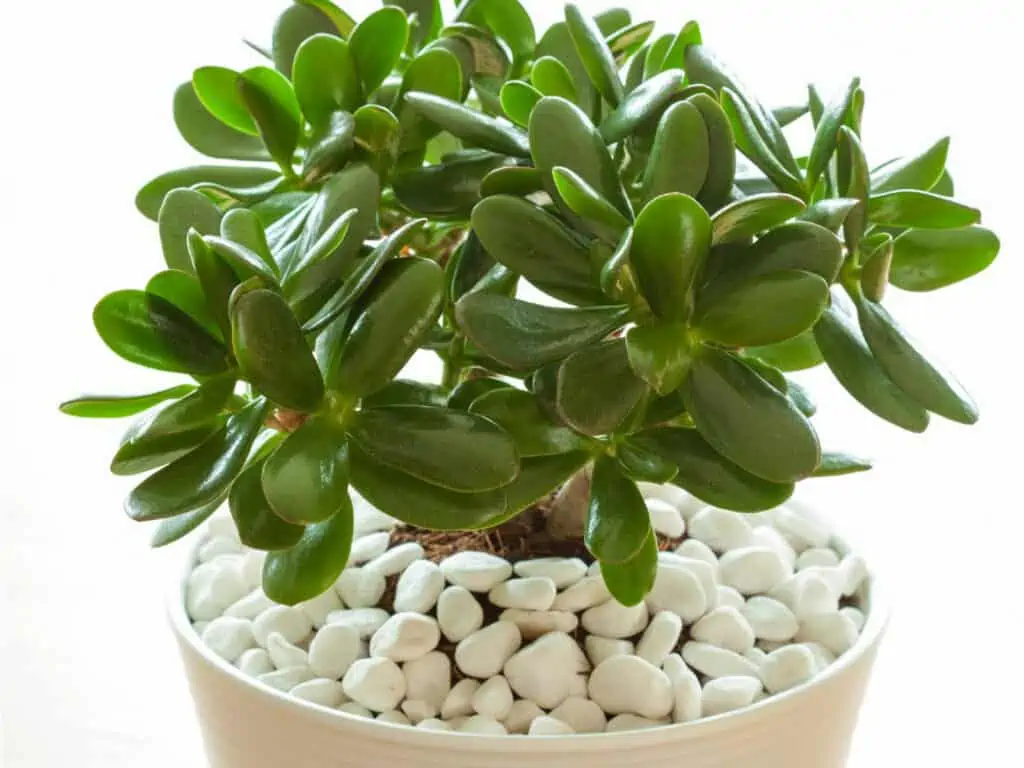
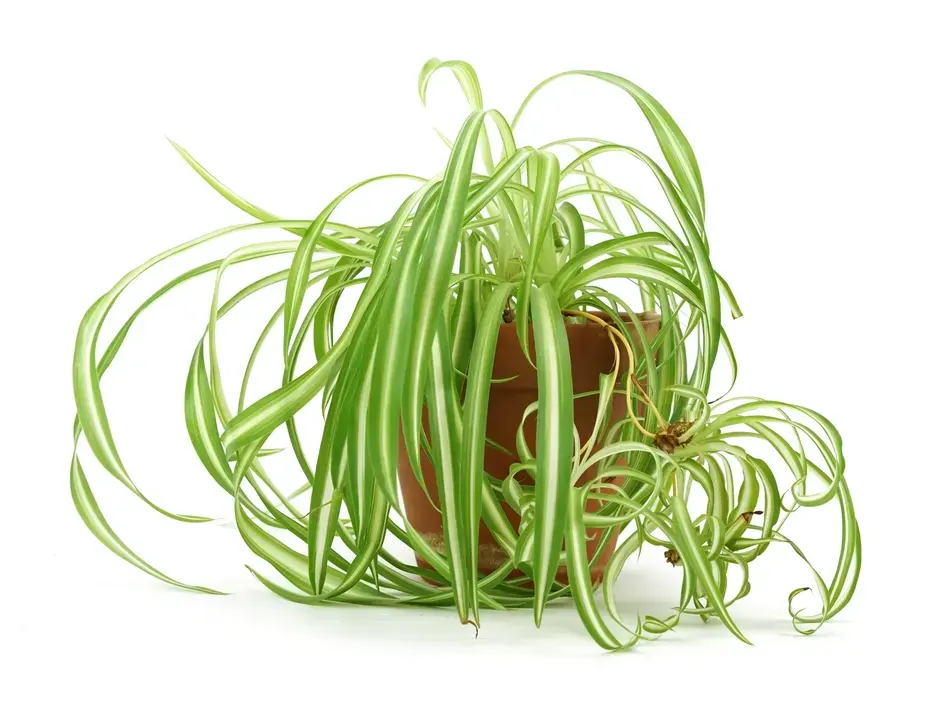
Large plastic containers are great at raising humidity and keeping it in However they come with their own set of issues as they will not allow enough air exchange. This will lead to deformed mushrooms. When using a container you will need to balance the humidity, with fresh air without drying the mushrooms. For instance, a fan will be required, but blowing directly onto the mushroom will dry it quickly.
See our article about building a humidi-crib
An alternative would be to use a small photographic ‘light’ tent or soft-box . This has the added benefit of making it easier to photograph while it is growing.
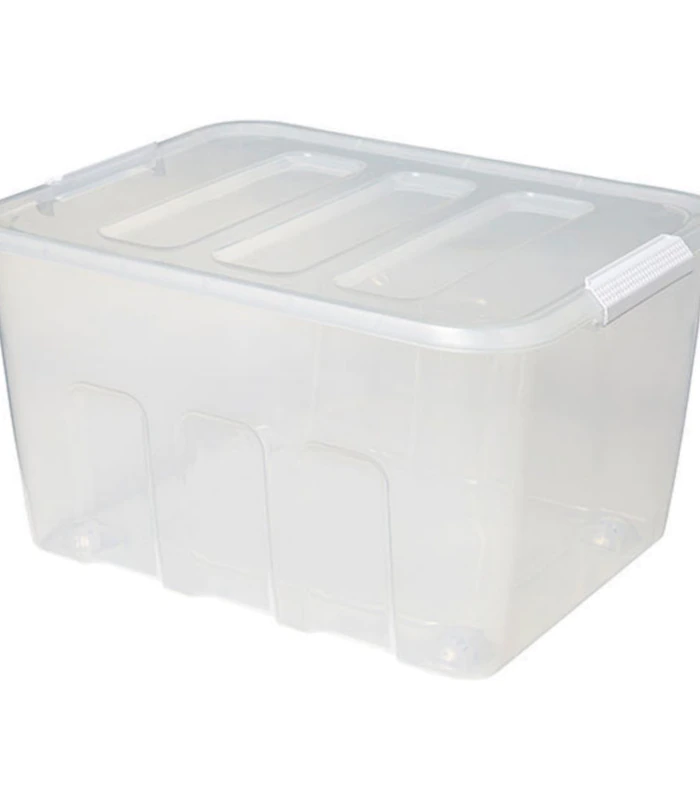
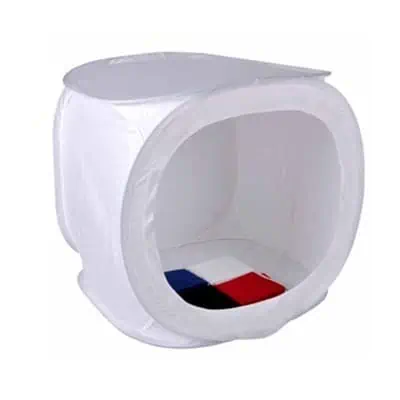
Understanding the ‘why’ is the key to getting your humidity right. This is the part most people do not understand. This includes many commercial mushroom growers.
The successful mushroom growers’ secret: The role of humidity is to create dew-point on the mushrooms.
The important thing to remember is that it is not the humidity in itself, but the ability of the moisture in the air, to condense on the cap of the mushroom, and then evaporate (drying off). That last part is essential. Here are the key concepts.
It is this dew point that you are aiming for, not the humidity in itself.
Dew-point is the relationship between the relative humidity and temperature. It’s the point where water that is present in the air as vapour, condenses again to form a liquid.
You have probably experienced dew-point in action. A good example would be in winter when the inside of your cars windscreen becomes fogged up (often from your ‘humid’ breath), or even dripping wet. Basically, it is the warmer water that is saturated in the air becoming a liquid again when it touches a cooler surface. That’s dew-point.
Interestingly the mushroom itself can maintain a temperature cooler than the air (see the footnote below). So, in much the same way as the car windscreen example, water will condense on the cap of the mushroom.
The second mushroom grower’s secret: You then need to lower humidity so the water can evaporate off.
So, a large variation in humidity is the key.
For commercial growers, acquiring dew point requires complete control over their environment. This requires expensive & dedicated grow rooms and a complex setup between sensors, PID controllers & high-pressure misting systems.
For the small and home grower, this is not an option and in many cases not even necessary. With a little knowledge, you can adapt your growing space around your natural environment.
Secret 3: You do not need dedicated or expensive equipment.
The best way to simulate the process is to simply spray the mushroom caps with water, and give it time to dry off. The frequency of how often you need to do this will be based on what the relative humidity is that day. This is best for home growers growing one or two grow blocks.
Tip: Our recommendation to home growers is to simply perform the growing stage of the mushrooms in a shower cubical. The bathroom is usually the most humid part of the house and also an area that is built to withstand high humidity without damage. Simply run the shower for a few seconds every couple of hours. If you are away or can’t run it, the residual humidity of water evaporating off the walls and floor should be trapped in that space, and be a good environment.